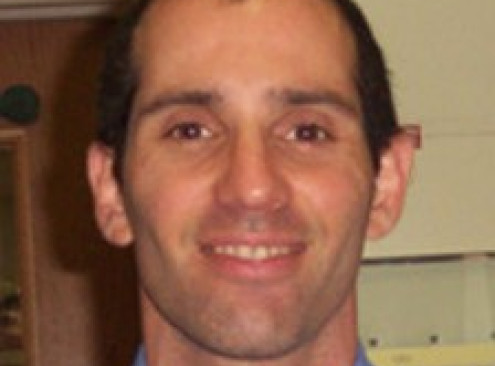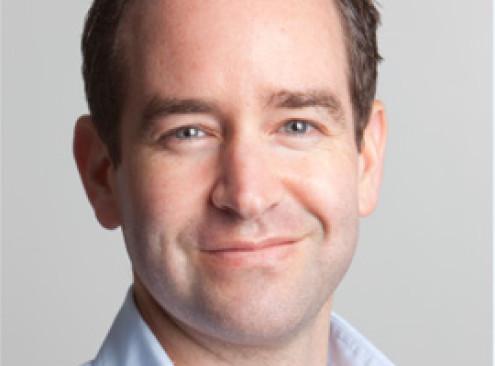© Pint of Science, 2025. All rights reserved.
- Neuropsychiatry
- Neuronal Stem Cells
- Spinal Cord Injury
- Neuronal Stem Cells
- Spinal Cord Injury
What can a mouse teach us about Schizophrenia?
Dr. Steven Siegel
(Neuropsychiatry)
Dr. Siegel is interested in the design and development of surgically implantable long-term delivery systems for the treatment of schizophrenia and other major neuropsychiatry conditions. His laboratory also develops and validates animal models of schizophreenia and Autism to foster better understanding of the disorders and their treatment.

Neuronal Stem Cells
Dr. Liang Qiang
(Neuronal Stem Cells)
Dr. Qiang has developed a cellular reprogramming strategy to directly convert adult human fibroblasts into functional neurons by defined transcriptional regulators. Now, he is utilizing hiNs and iPSCs derived from unaffected individuals and patients with Alzheimer’s disease to study the pathological mechanisms of the disease and the potential therapeutic approaches. He is also applying the direct reprogramming strategy in the spinal cord injury studies.

Respiratory Function and Spinal Cord Injury
Dr. Michael Lane
(Drexel - Spinal Cord Injury)
Dr. Michael Lane’s research focuses on respiratory dysfunction and spontaneous recovery following spinal cord injury. Employing a range of electrophysiological, behavioral and neuroanatomical methods, the present goal of the Lane research team is to 1) better define the extent of functional and anatomical plasticity at spinal and supraspinal levels and 2) develop and test therapeutic strategies to enhance spontaneous neuroplasticity and lasting functional recovery. Among those therapeutic approaches being tested are intraspinal cell transplantation and rehabilitative strategies.

Map data © OpenStreetMap contributors.